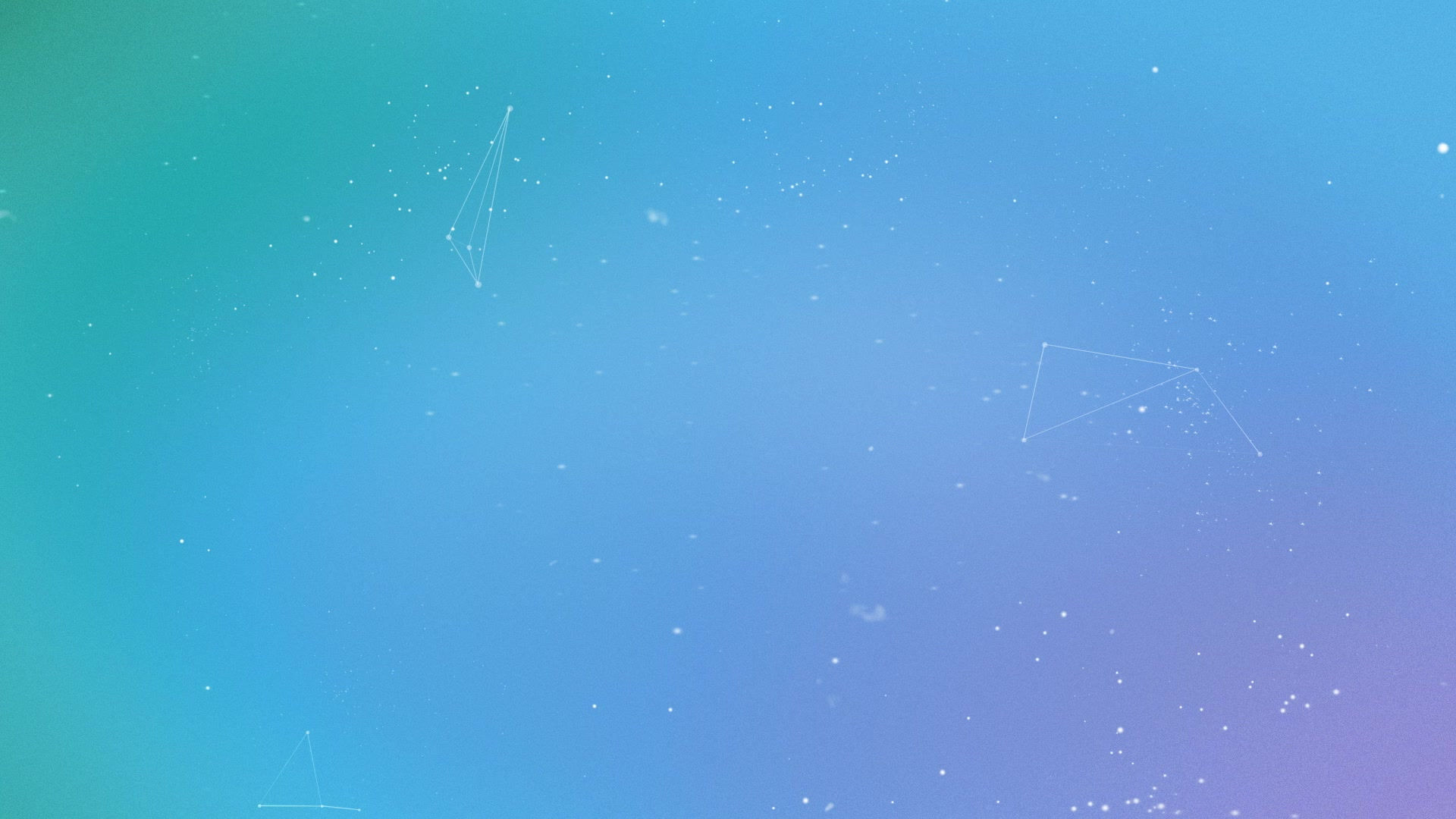
%20tranbg.png)
ROBOT VISION IN ROBOT OPERATING SYSTEM (ROS2)
Mon, 17 Feb
|Hand Plus Robotics Office @ Puchong
A hands-on course on robotics vision and AI/Deep Learning using ROS2. Perfect for researchers, industry practitioners, and students.


Time & Location
17 Feb 2025, 8:30 am SGT – 21 Feb 2025, 5:30 pm SGT
Hand Plus Robotics Office @ Puchong, 9-G, JALAN OP 1/6, OFF, JALAN PUCHONG, PUSAT PERDAGANGAN ONE, 47160 Puchong, Selangor, Malaysia
About the event
Course Overview
FUNDAMENTAL COURSE (2-Days)
This course provides a comprehensive introduction to the principles and techniques of computer vision, specifically tailored for robotics applications. It covers the essential concepts, algorithms, and tools necessary to equip students with the knowledge to design and implement robust vision systems for robots using ROS2.
ADVANCED COURSE (3-Days)
This advanced course delves into the application of deep learning techniques to solve complex robot vision problems. It builds upon the fundamentals of computer vision and robotics, focusing on state-of-the-art deep learning models and their integration with robotic systems using ROS2.
Course Objectives
Upon completion of this course, students will be able to:
Understand the basics of camera systems, image generation, and pixel processing
Be able to calibrate cameras, enhance images, and reconstruct scenes based on 2D and 3D vision information
Understand the concepts of Machine Learning and Deep Learning as applied to robot vision problems
Be able to program cameras and build a 2D or 3D vision system to make a robot see its environment in ROS2 platform
Course Curriculum
DAY 1 (FUNDAMENTAL)
Module 1: Introduction to Computer Vision
Image Formation and Sensors:
Pinhole camera model
Camera calibration
Types of sensors
Image Processing Fundamentals:
Image acquisition and representation
Image enhancement techniques
Geometric transformations
Module 2: Feature Detection and Description
Interest Point Detection:
Harris corner detector
Shi-Tomasi corner detector
Scale-invariant feature transform (SIFT)
Speeded Up Robust Features (SURF)
Oriented FAST and Rotated BRIEF (ORB)
Feature Description:
Local binary patterns (LBP)
Histogram of Oriented Gradients (HOG)
Module 3: Stereo Vision and 3D Reconstruction
Stereo Matching:
Disparity estimation techniques (e.g., block matching, dynamic programming)
Depth map generation
Structure from Motion (SfM):
3D reconstruction from multiple images
Bundle adjustment
Simultaneous Localization and Mapping (SLAM)
Building 3D maps of an environment
Tracking robot’s position and orientation
Bundle adjustment
Simultaneous Localization and Mapping (SLAM):
Building 3D maps of an environment
Tracking robot's position and orientation
DAY 2 (FUNDAMENTAL)
Module 4: Object Detection and Tracking
Traditional Object Detection:
Template matching
Haar cascades
Histogram of Oriented Gradients (HOG) + Linear SVM
Deep Learning for Object Detection:
Convolutional Neural Networks (CNNs)
Region-based Convolutional Neural Networks (R-CNN)
You Only Look Once (YOLO)
Object Tracking:
Template matching
Kalman filters
Particle filters
DeepSORT
Module 5: Running OpenCV in ROS2
Installing OpenCV in ROS2
Running your vision code in ROS2
Bonus Activity:
Mount a camera onto a robot arm
Stream its data, and
Process the information for object detection or calibration
DAY 3 (ADVANCE)
Module 1: Deep Learning Fundamentals for Computer Vision
Convolutional Neural Networks (CNNs):
Architecture and components
Feature extraction and classification
Transfer learning and fine-tuning
Recurrent Neural Networks (RNNs):
Sequence modeling and time series data
Long Short-Term Memory (LSTM) and Gated Recurrent Unit (GRU)
Transformers:
Self-attention mechanism and encoder-decoder architecture
Vision Transformer (ViT) and its variants
Module 2: Object Detection and Instance Segmentation
Two-stage detectors:
Region-based Convolutional Neural Networks (R-CNN)
Faster R-CNN
Mask R-CNN
One-stage detectors:
YOLO
EfficientDet
Instance segmentation:
Mask R-CNN
Detectron2
Module 3: Semantic and Instance Segmentation
Fully Convolutional Networks (FCNs):
Pixel-wise classification
Encoder-Decoder architectures:
U-Net
DeepLabv3+
Instance segmentation:
Mask R-CNN
DAY 4 (ADVANCE)
Module 4: Optical Flow and Motion Tracking
Optical flow estimation:
Traditional methods (Lucas-Kanade)
Deep learning-based methods (RAFT, PWC-Net)
Motion tracking:
Tracking-by-detection
DeepSORT
Module 5: 3D Object Detection and Pose Estimation
Monocular 3D object detection:
Deep learning-based methods (Mono3D, PVRCNN)
Stereo 3D object detection:
Stereo R-CNN
LiDAR-based 3D object detection:
PointPillars, PointRCNN
DAY 5 (ADVANCE)
Module 6: Integration with Robotics (Stretch Goals)
Object detection and tracking: Implement a system to detect and track objects in real-time video streams.
Semantic segmentation: Segment different objects and scenes in images.
3D object detection and pose estimation: Detect and estimate the pose of 3D objects from RGB-D or LiDAR data.
Object Detection and Tracking: Implement an object detection and tracking system using traditional or deep learning methods.
Robot Vision Application: Integrate a vision system with a robot to perform tasks like object grasping or autonomous navigation.
Course Fees
FUNDAMENTALS ONLY (DAYS 1-2) : MYR 2,500 per person
ADVANCED ONLY (DAYS 3-5) : MYR 4,000 per person
FUNDAMENTALS + ADVANCED (Days 1-5) : MYR 5,990 per person (recommended!)
Notes:
Only participants with ROS knowledge are allowed to enrol to the advanced course unless they also take the Fundamentals
EMAIL US FOR IN-HOUSE / BESPOKE RATE!
Payment Method: Wire or Bank Transfer (Maybank)